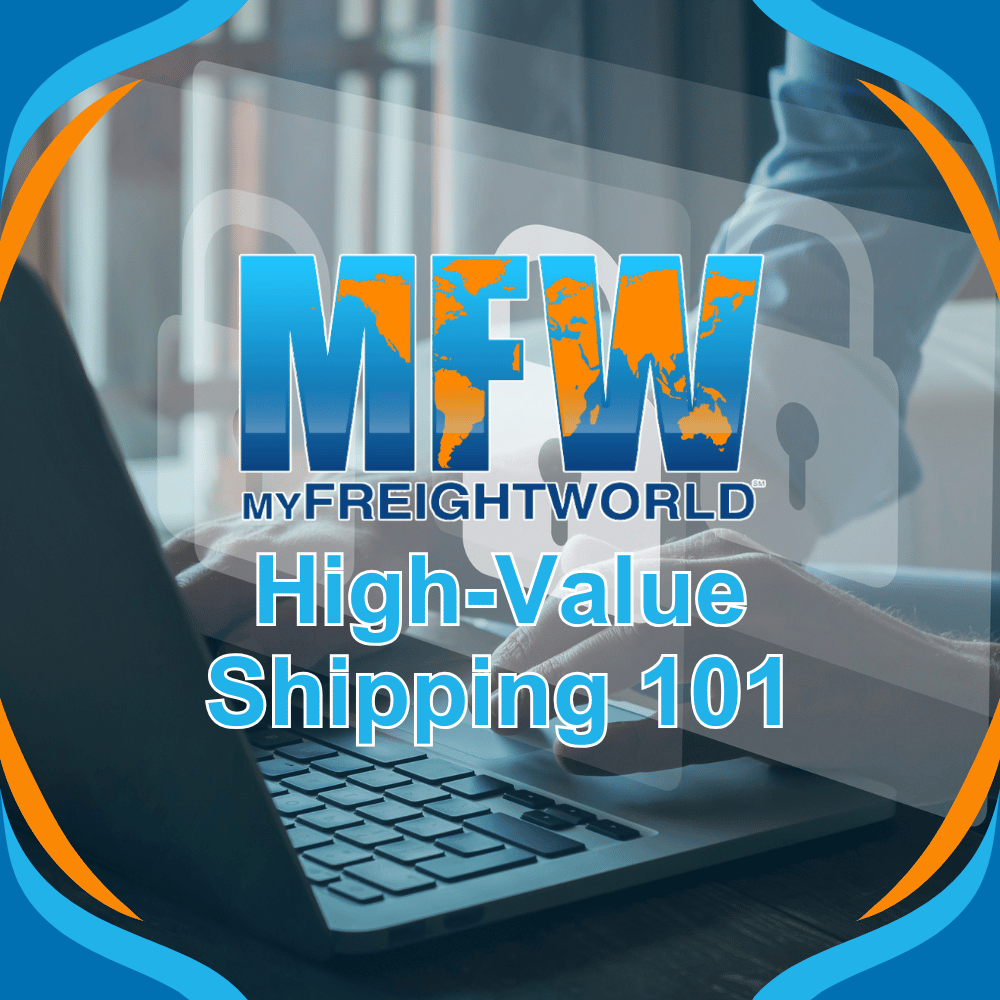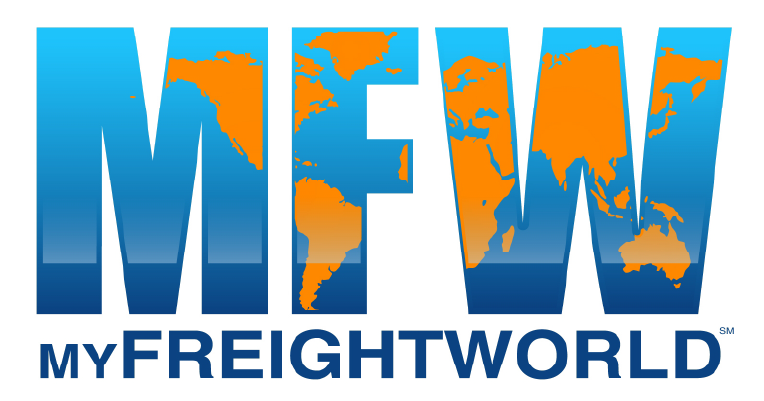
The Importance of High-Value Shipping
Shipping high-value freight requires careful planning, specialized handling, and a strategic security and cost-efficiency approach. Unlike standard freight, high-value shipments are more susceptible to theft, damage, and regulatory scrutiny. Without the right precautions, businesses risk financial loss, supply chain disruptions, and compliance issues. This guide covers everything you need to know to ensure your high-value goods arrive safely, securely, and cost-effectively.
What Defines a High-Value Shipment?
Monetary Value Thresholds
- General Benchmark: In the United States, cargo valued at $100,000 or more is often classified as high-value.
- International Variations: Definitions can differ by country. For example in the United Kingdom, shipments worth £450 or more per kilogram may be deemed high-value.
Common Types of High-Value Freight
- Electronics and Technology: Computers, semiconductors, medical devices.
- Pharmaceuticals and Biotech Materials: Vaccines, lab samples, sensitive medications.
- Luxury Goods: Jewelry, watches, artwork, high-end fashion.
- Industrial and Automotive Parts: Aerospace components, specialized machinery.
Sensitivity and Confidentiality
- Data and Documents: Shipments containing sensitive personal data, financial documents, or proprietary information.
- Government and Defense Materials: Items that, regardless of monetary value, are critical due to their sensitive nature.
Factors That Influence High-Value Shipping
- Fragility: Some high-value items require climate-controlled environments.
- Theft Risk: Electronics and jewelry are prime targets for cargo theft.
- Regulatory Requirements: Some high-value goods have strict international shipping regulations.
- Packaging and Handling Needs: Ensuring durability and tamper resistance.
Selecting the Right Carrier
Choosing the right freight carrier is crucial to ensuring your shipment arrives on time and intact.
- Experience Matters: Work with carriers that specialize in high-value goods.
- Security Infrastructure: Ensure they offer real-time tracking, geo-fencing, and secure storage.
- Carrier Liability Limits: Understand the limitations of their insurance coverage and consider additional cargo insurance if necessary.
- Broker vs. Direct Carrier: A freight broker, like MyFreightWorld, can provide customized solutions by negotiating with multiple carriers to get the best security and cost balance.
Essential Security Measures
Security is one of the most critical aspects of high-value shipping. Here’s how to protect your cargo:
Best Practices for Secure Transport
- Tamper-Proof Packaging and Seals: Deters unauthorized access.
- GPS Tracking and Geo-Fencing: Enables real-time monitoring and alerts for route deviations.
- Secure Warehousing: Ensures storage facilities have restricted access and surveillance.
Technology Innovations Enhancing Security
- AI-Powered Risk Detection: Predicts potential theft and damage risks.
- Blockchain Tracking: Increases supply chain transparency and prevents fraud.
- IoT-Enabled Smart Packaging: Monitors environmental conditions like temperature and humidity in real-time.
High-Value Freight Insurance
Having the right insurance coverage is crucial for financial protection.
Understanding Carrier Liability vs. Supplemental Cargo Insurance
- Carrier Liability: Typically offers limited coverage, often based on weight rather than value.
- Supplemental Cargo Insurance: This covers the full value of your goods in case of damage, theft, or loss.
To learn more about supplemental cargo insurance, check out our blog here.
Common Pitfalls in High-Value Freight Insurance
- Underinsured Shipments: Ensure coverage matches the true value of the goods.
- Exclusions in Coverage: Read the fine print to understand what risks are not covered.
- Claim Documentation Requirements: Keep detailed records of shipment conditions and security measures.
Cost Optimization Strategies for High-Value Shipping
Balancing cost and security is key. Here’s how to optimize shipping expenses:
- Freight Consolidation: Combining shipments to reduce per-unit shipping costs.
- Optimized Routing: Selecting the safest and most cost-effective shipping lanes.
- Negotiating Favorable Rates: Leverage a freight broker’s expertise to find cost-effective high-security carriers.
Key Takeaways:
- Secure shipping requires proper carrier selection, insurance coverage, and technology integration.
- Compliance with regulations prevents costly delays and penalties.
- Balancing security and cost efficiency is achievable with the right strategies.
Need expert guidance on high-value freight?
Contact MyFreightWorld today for a customized shipping strategy that ensures security, compliance, and cost savings!
